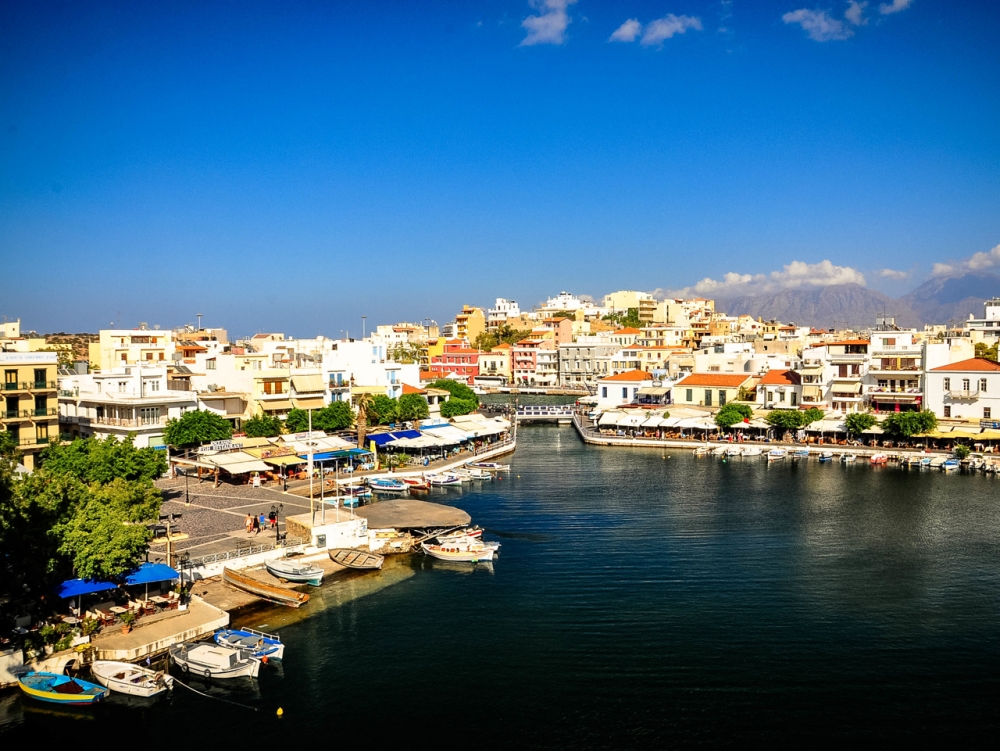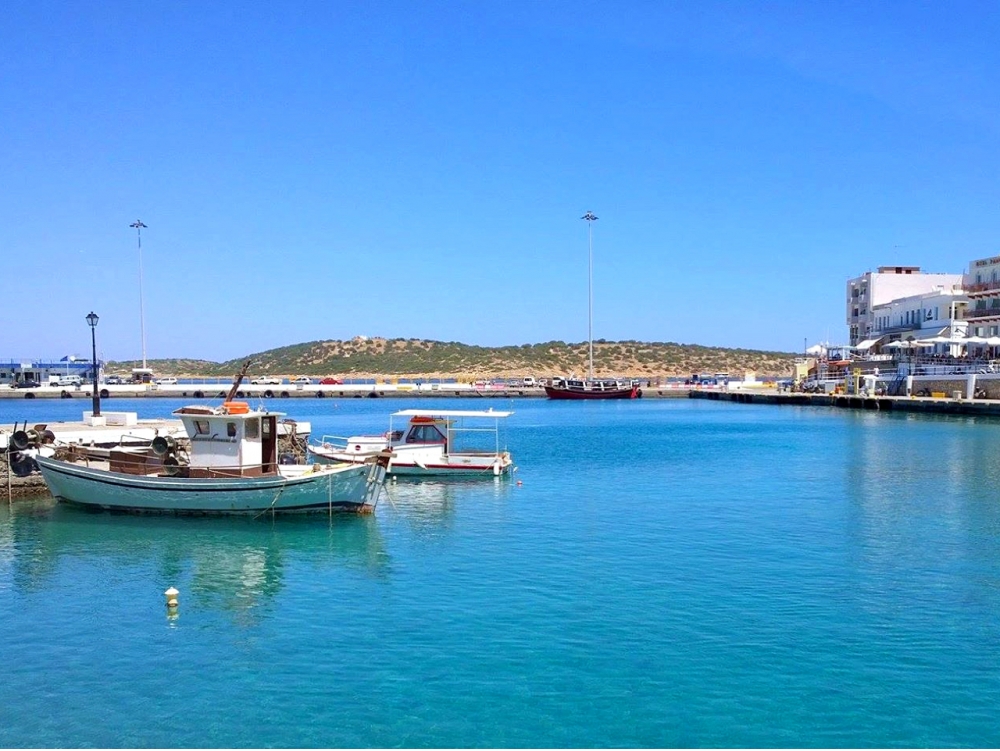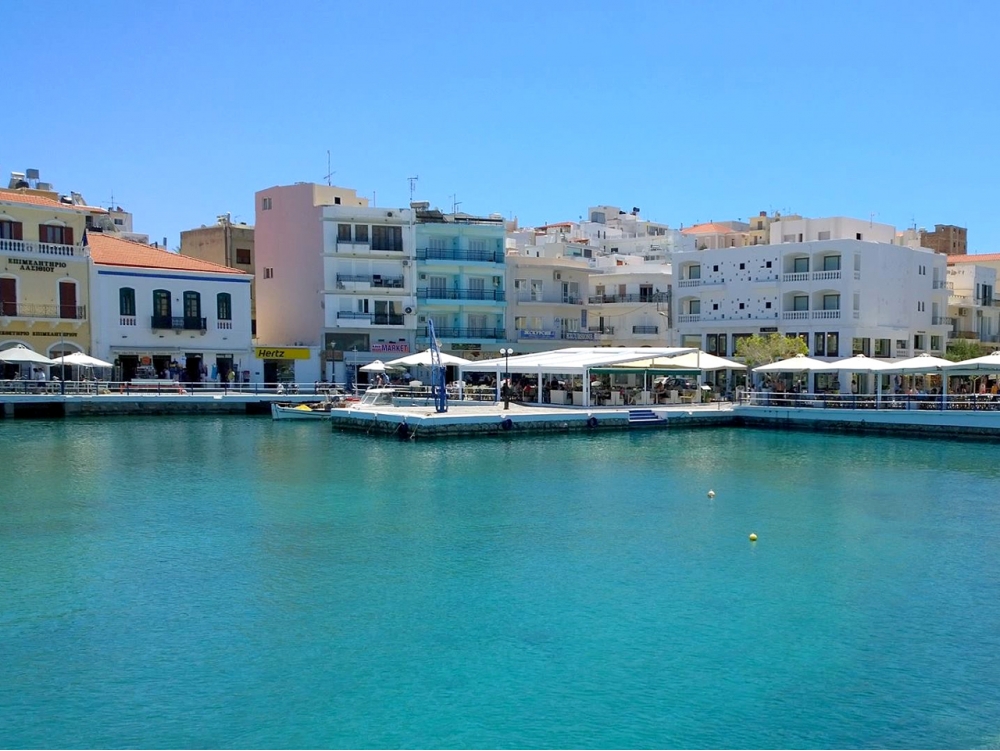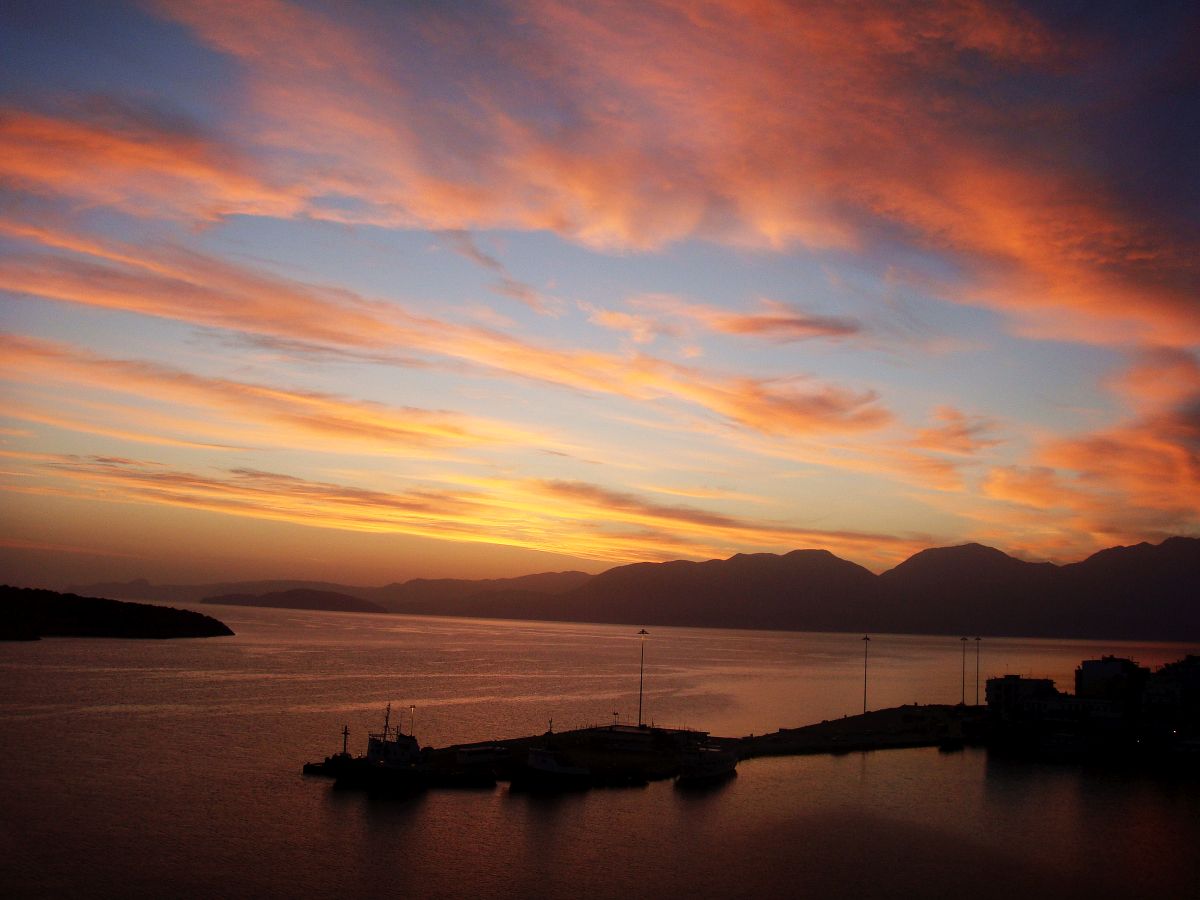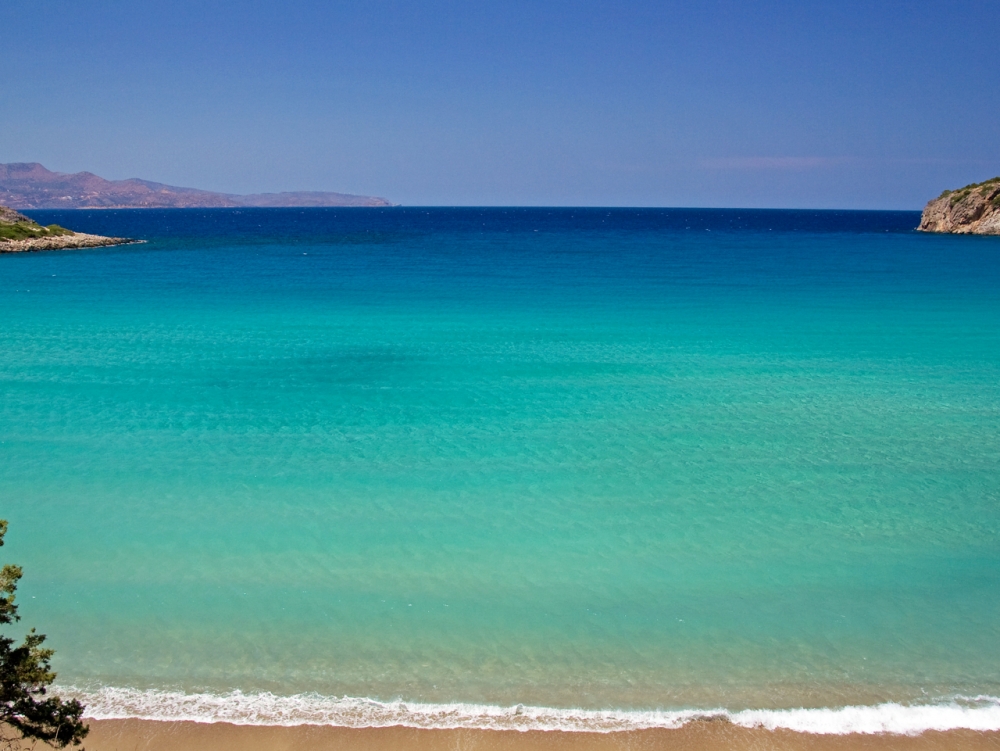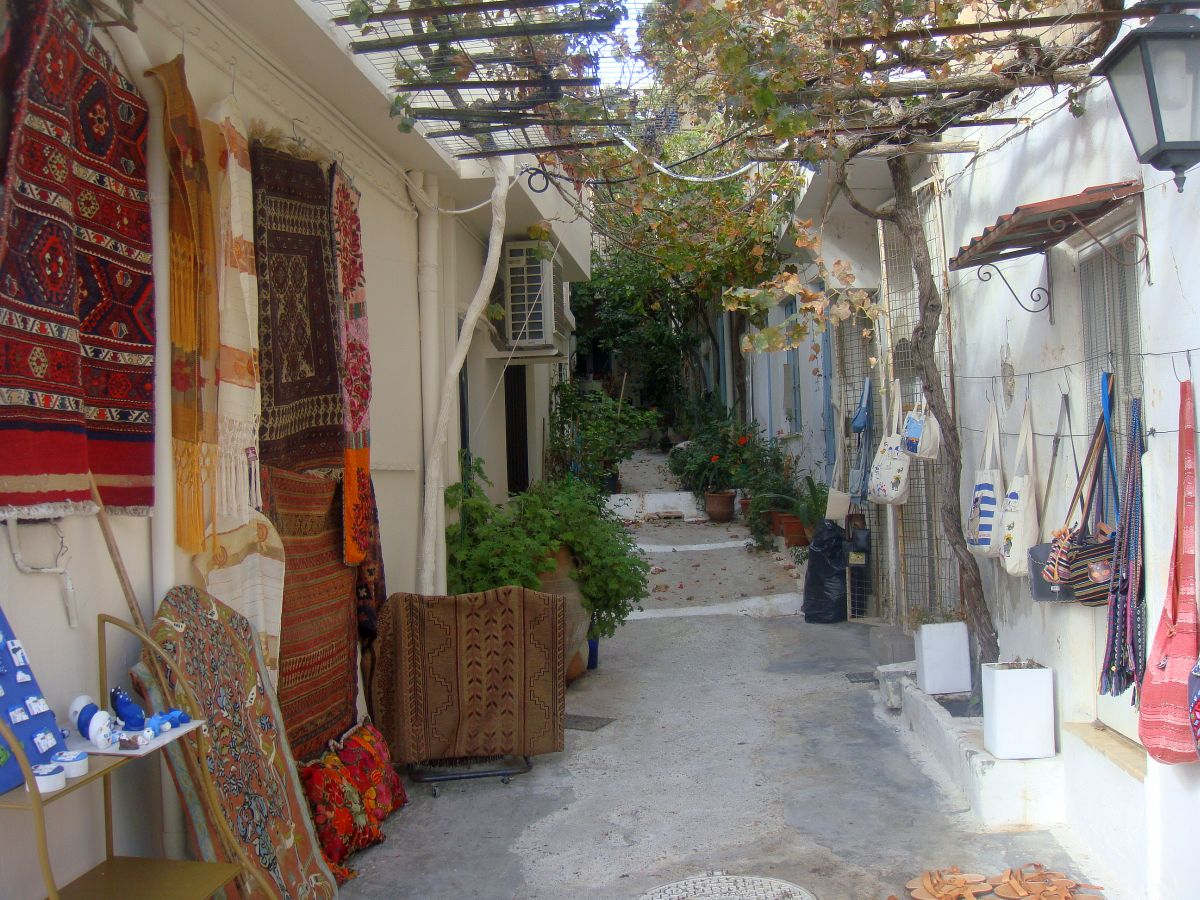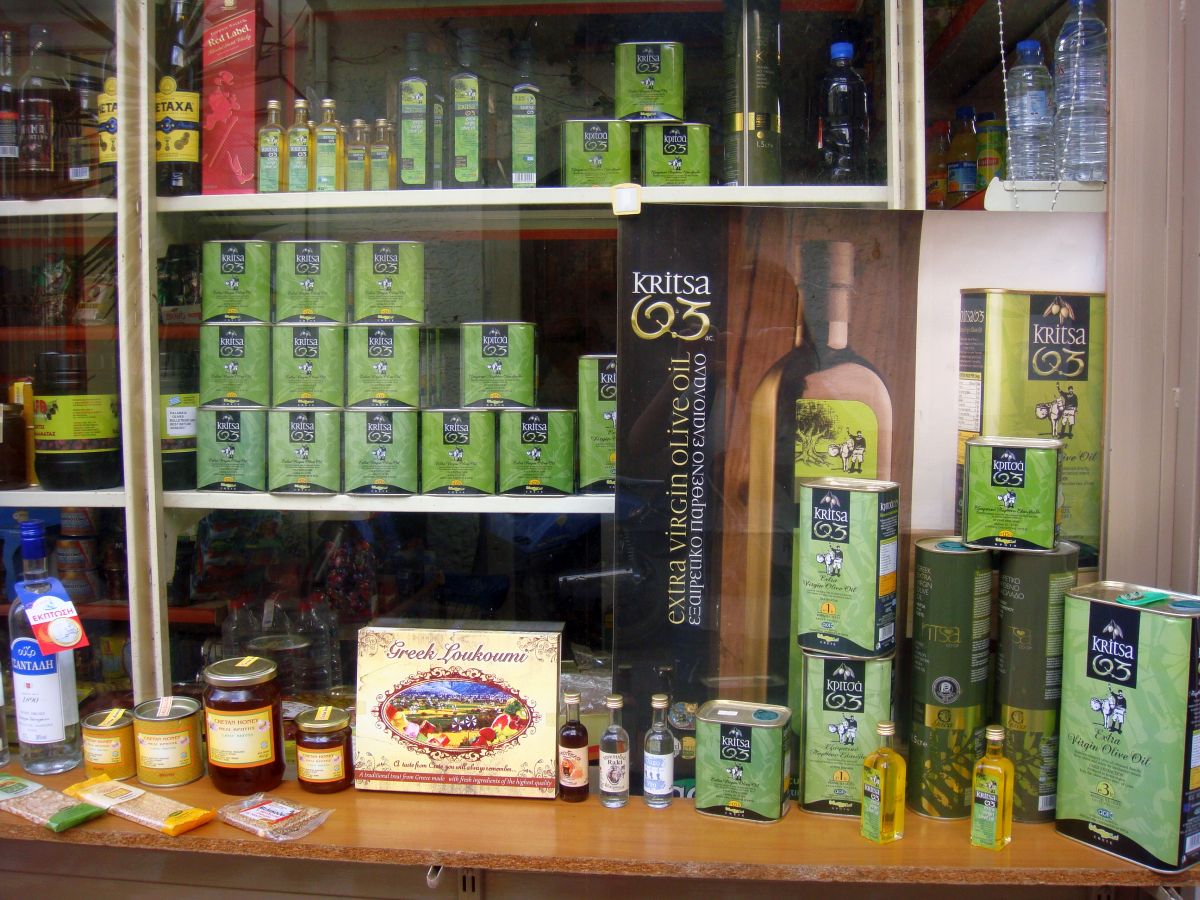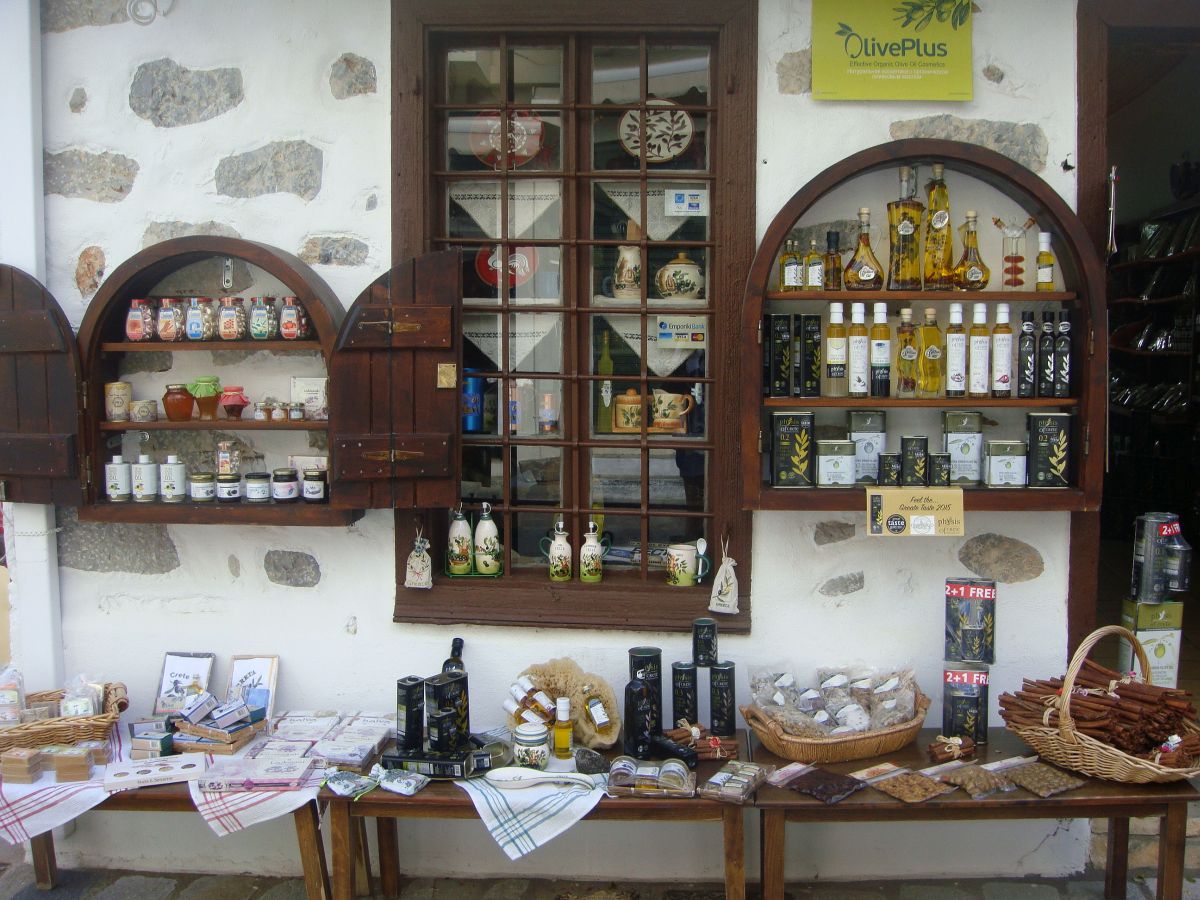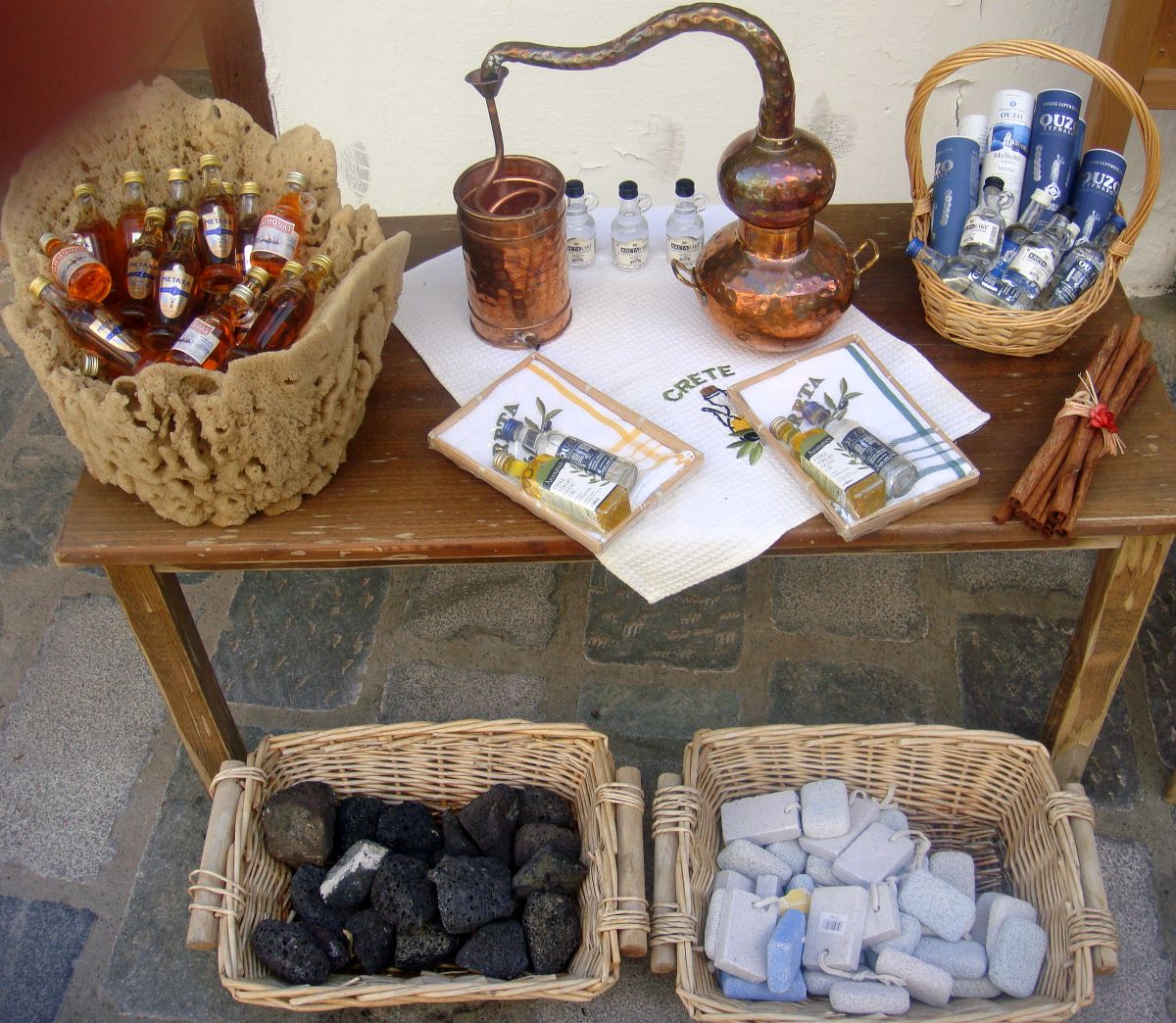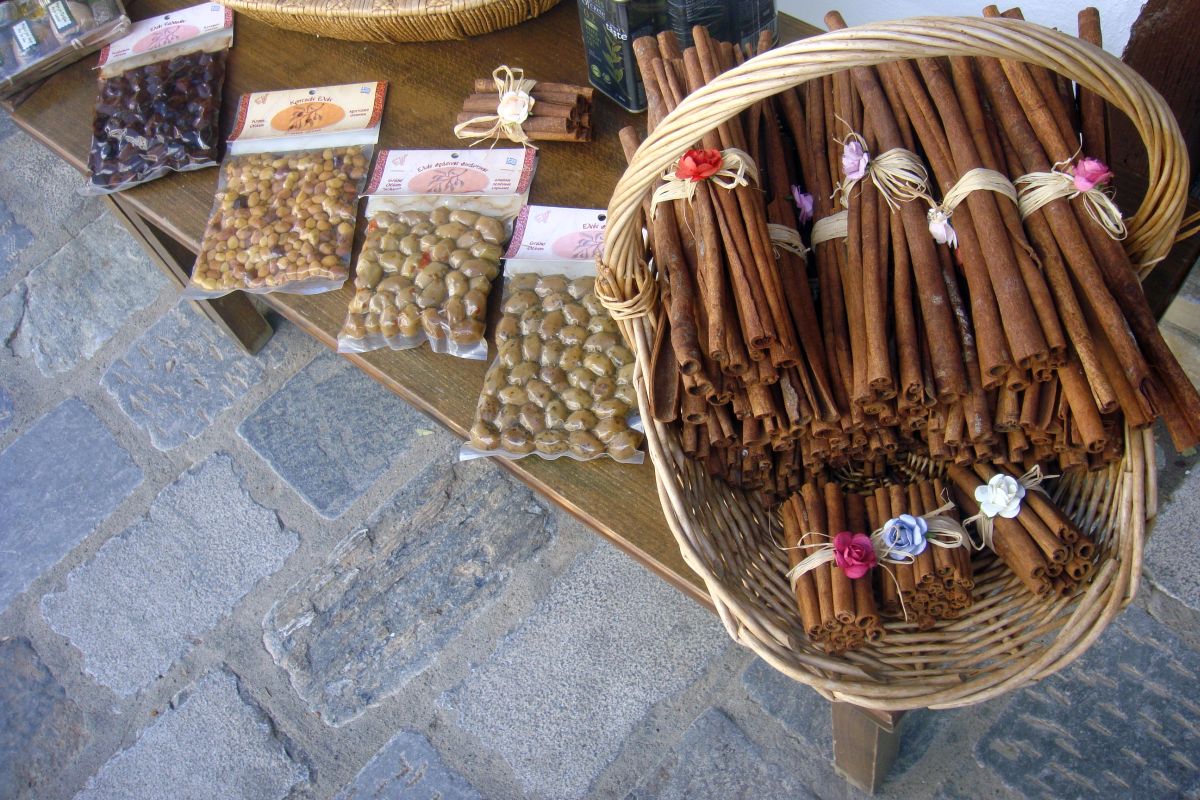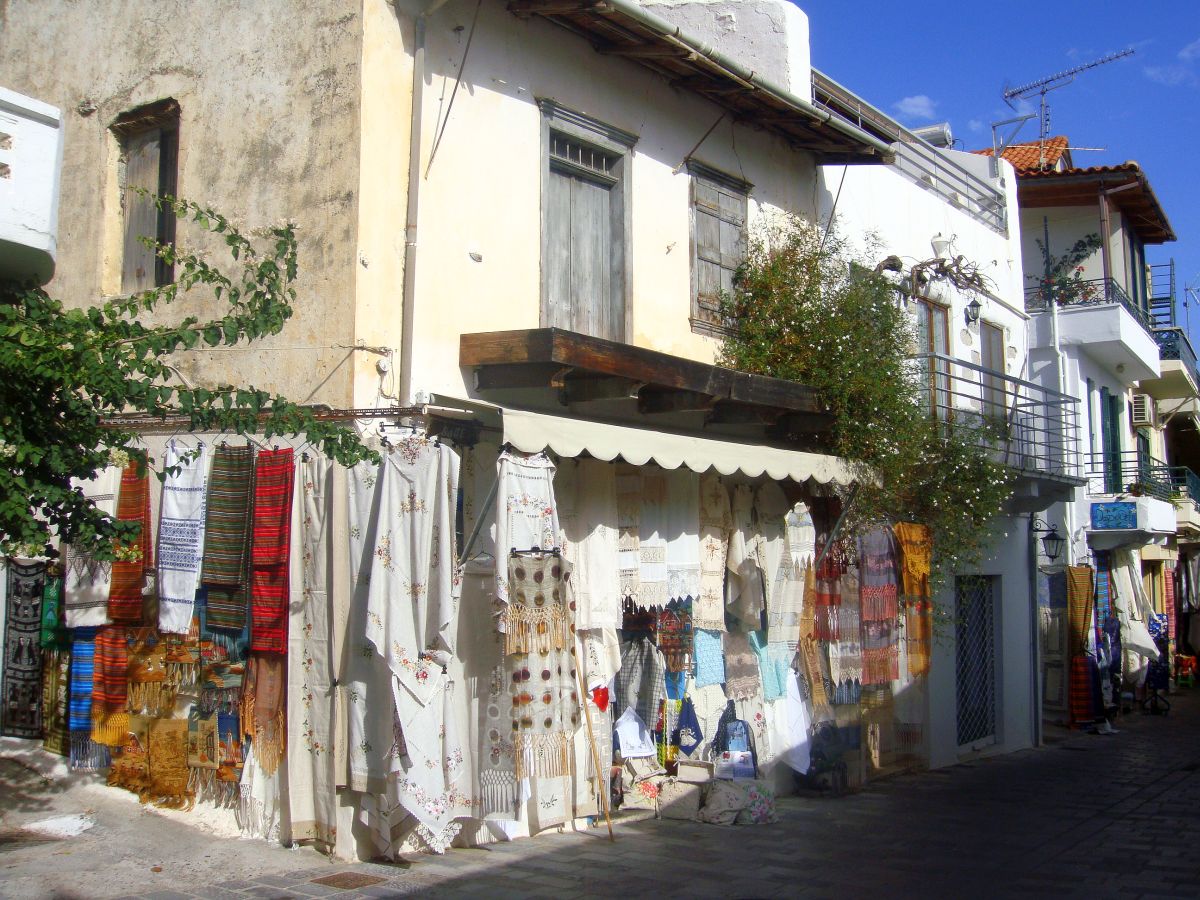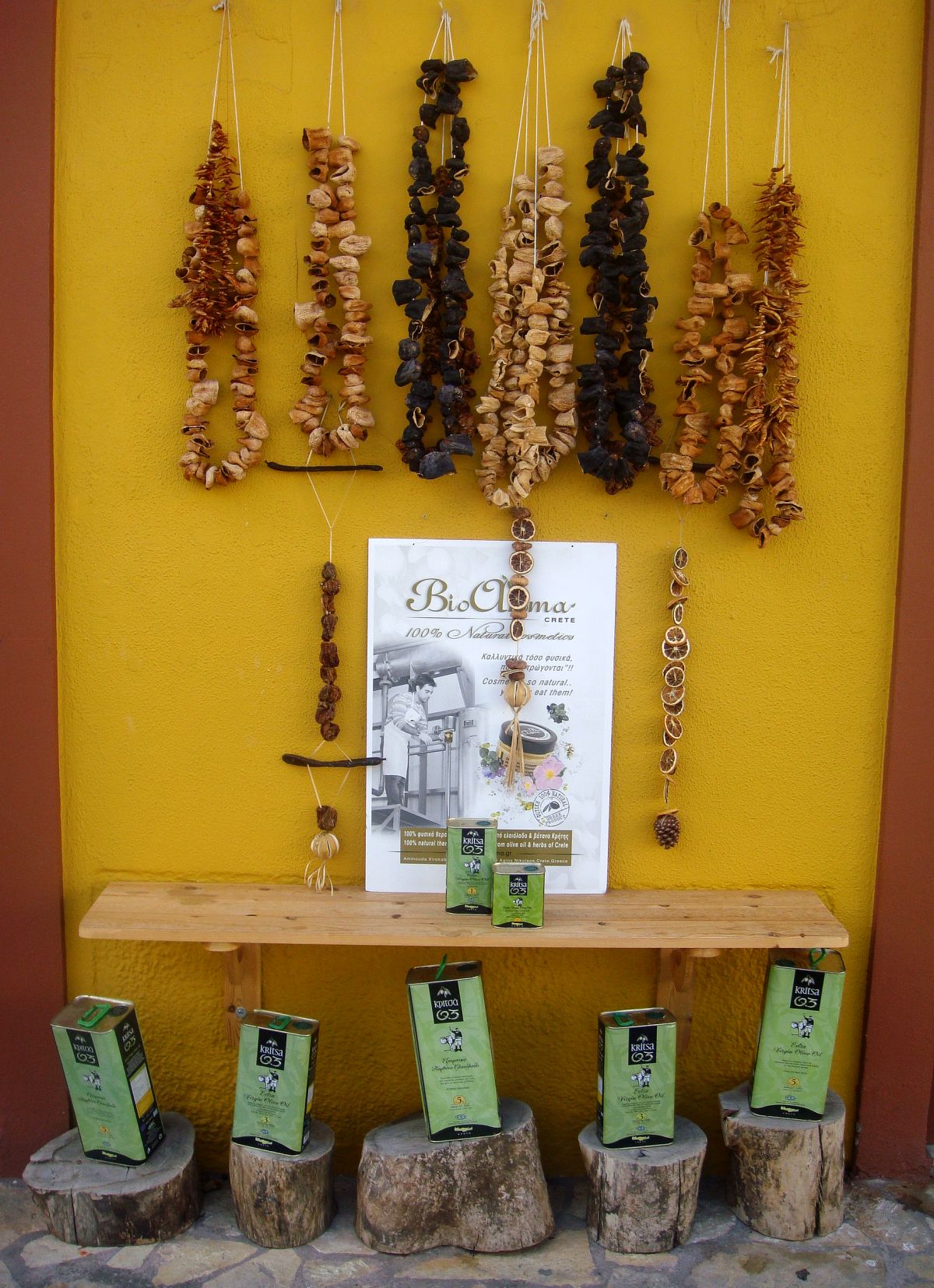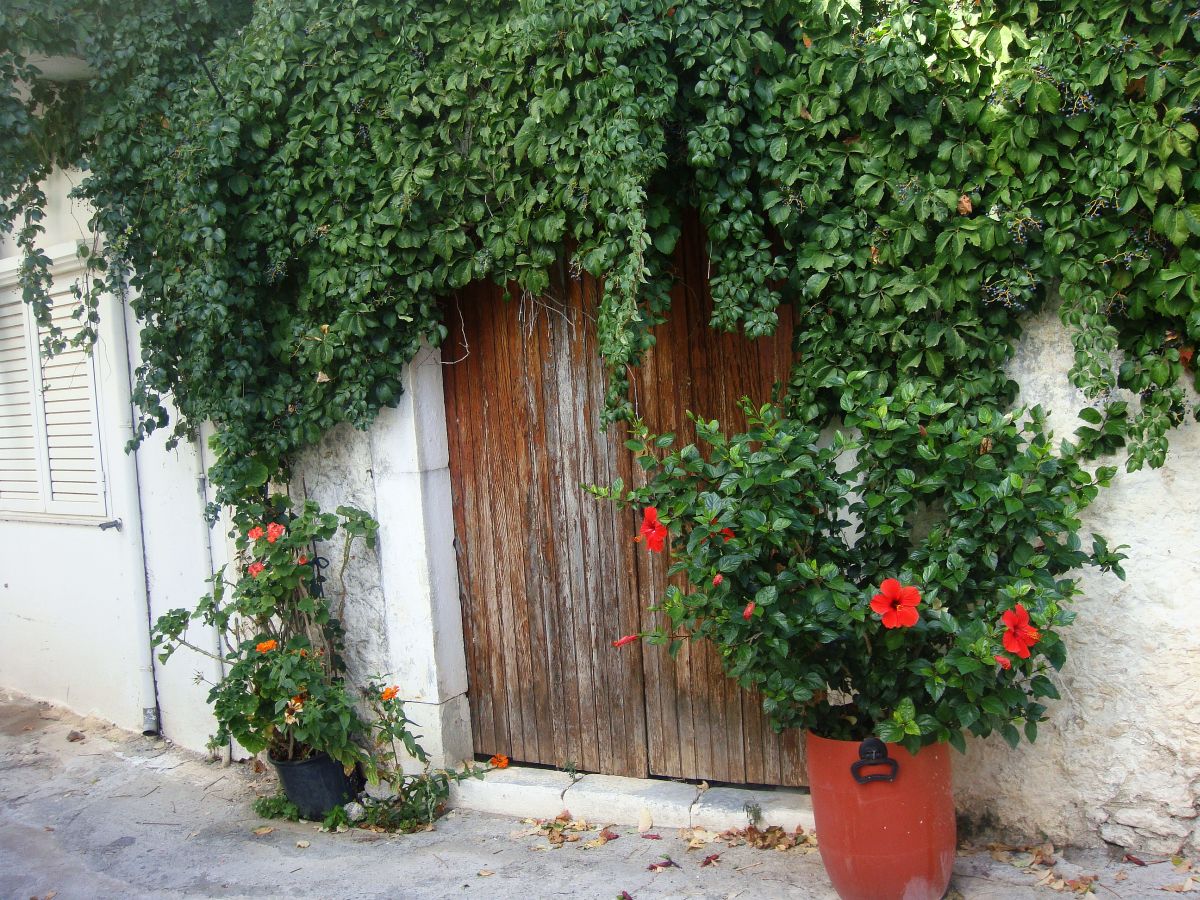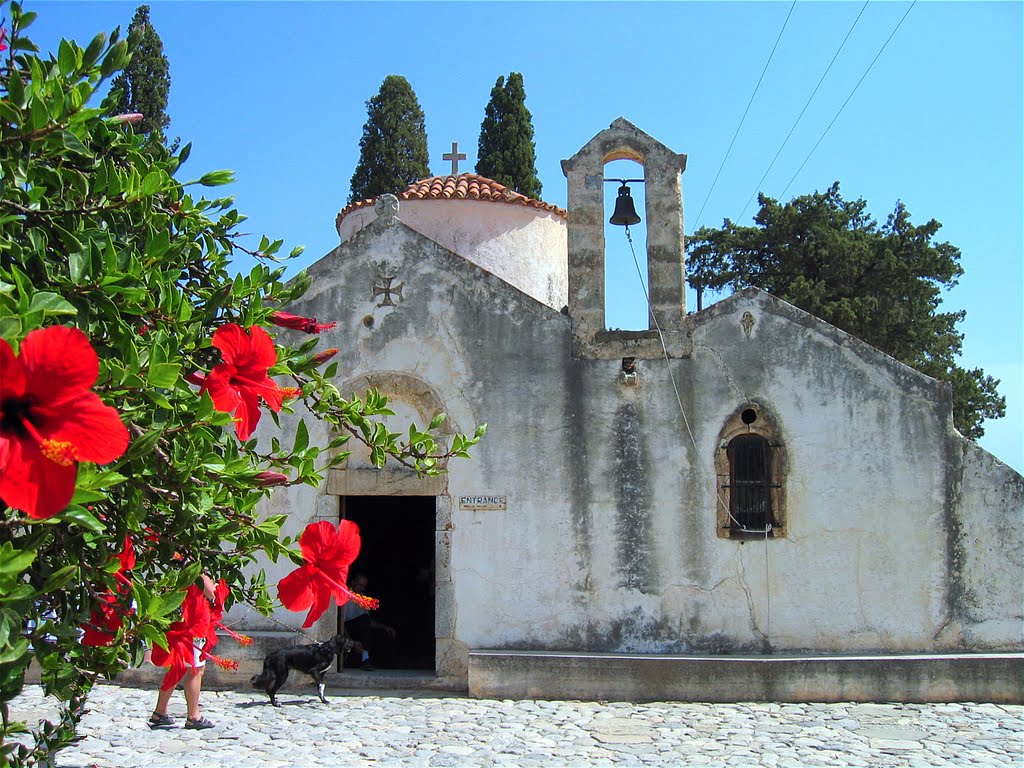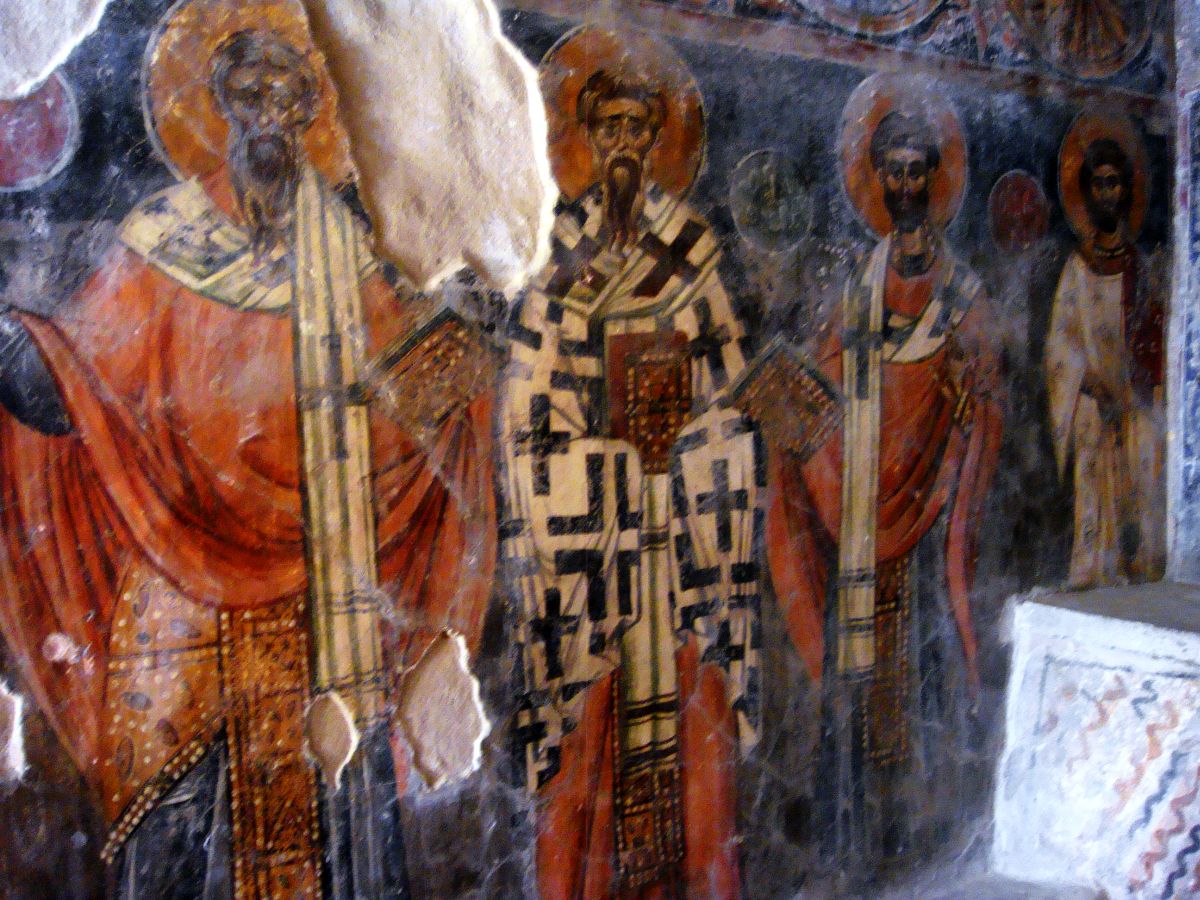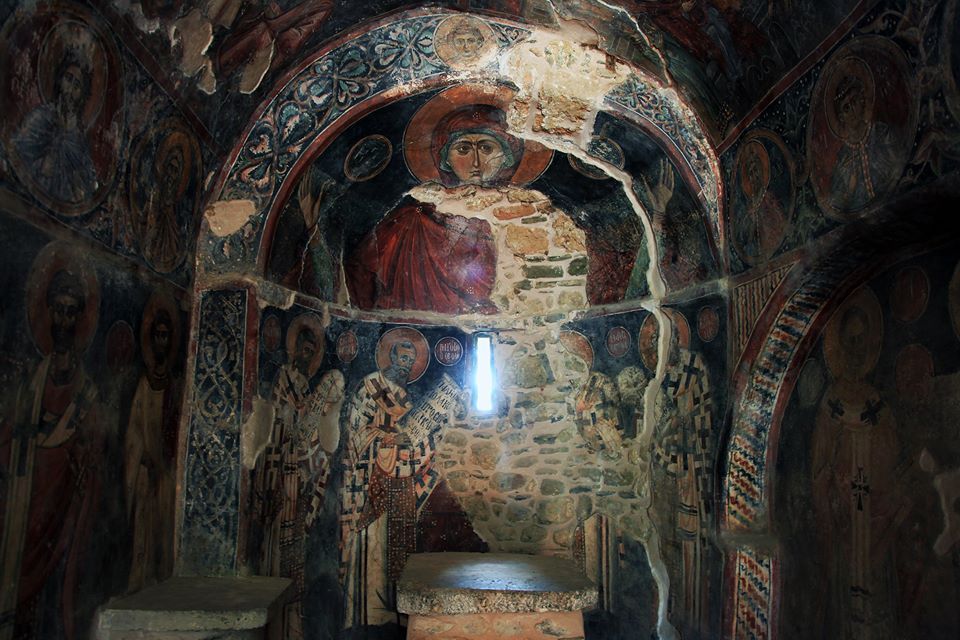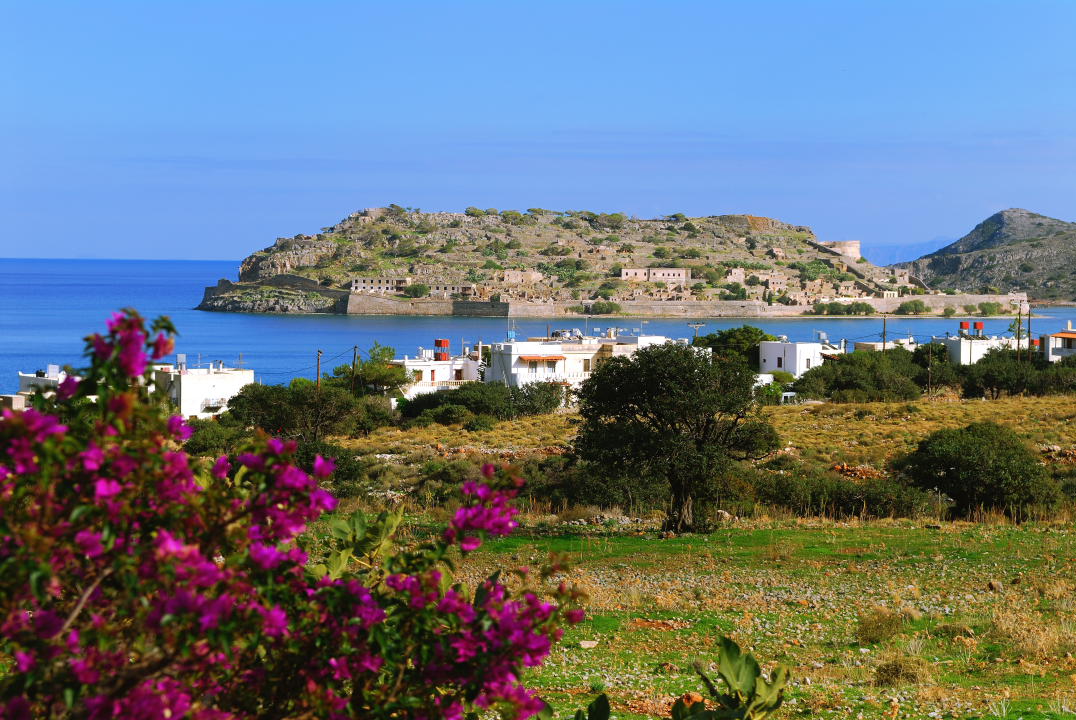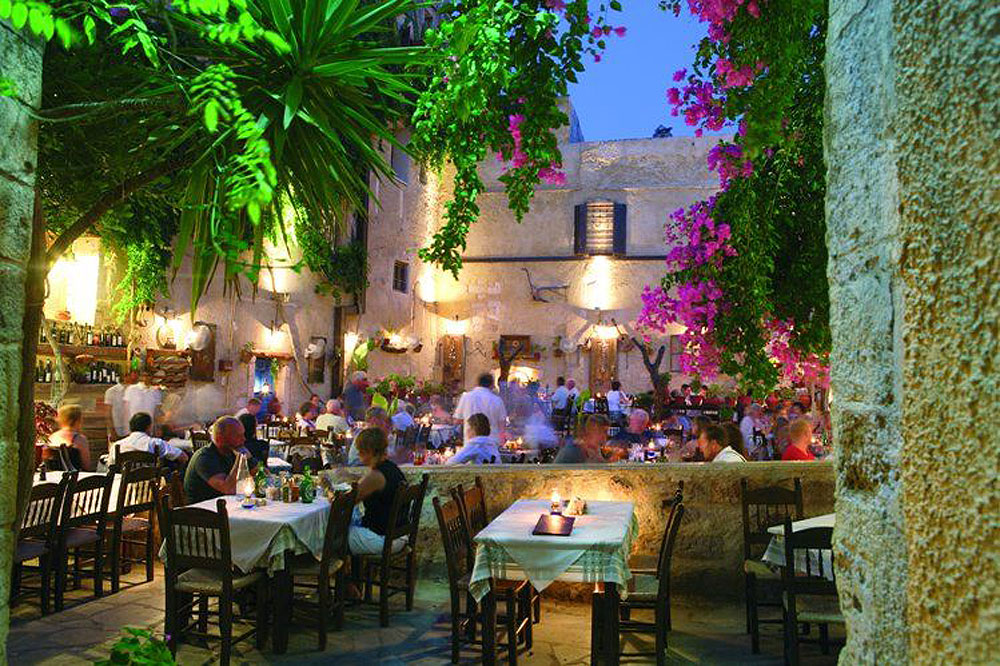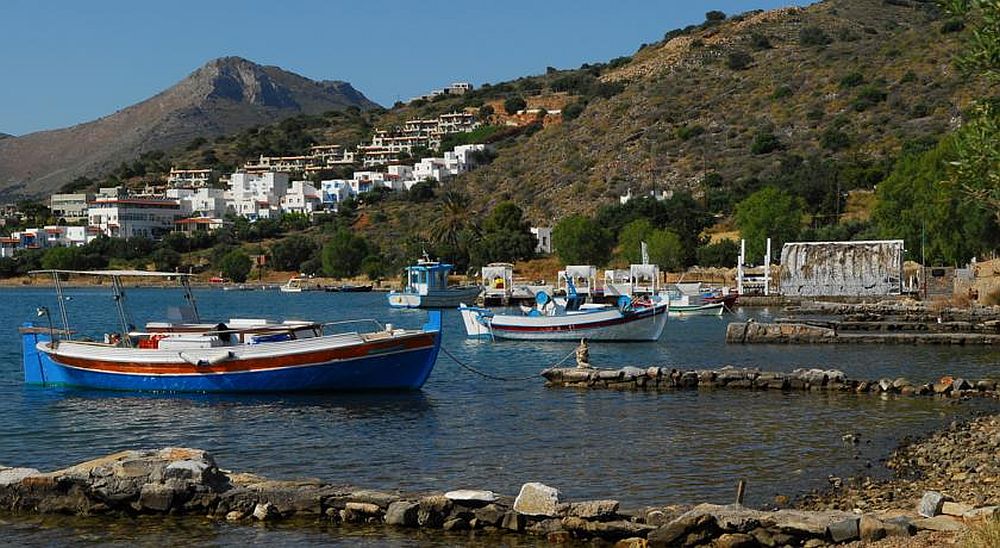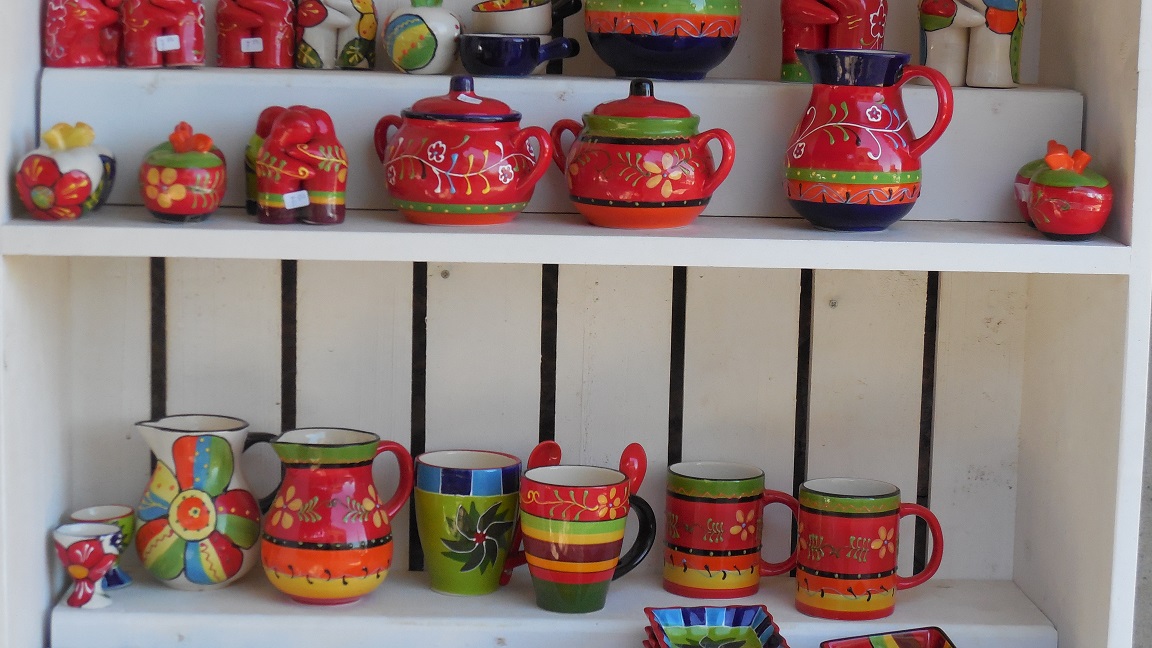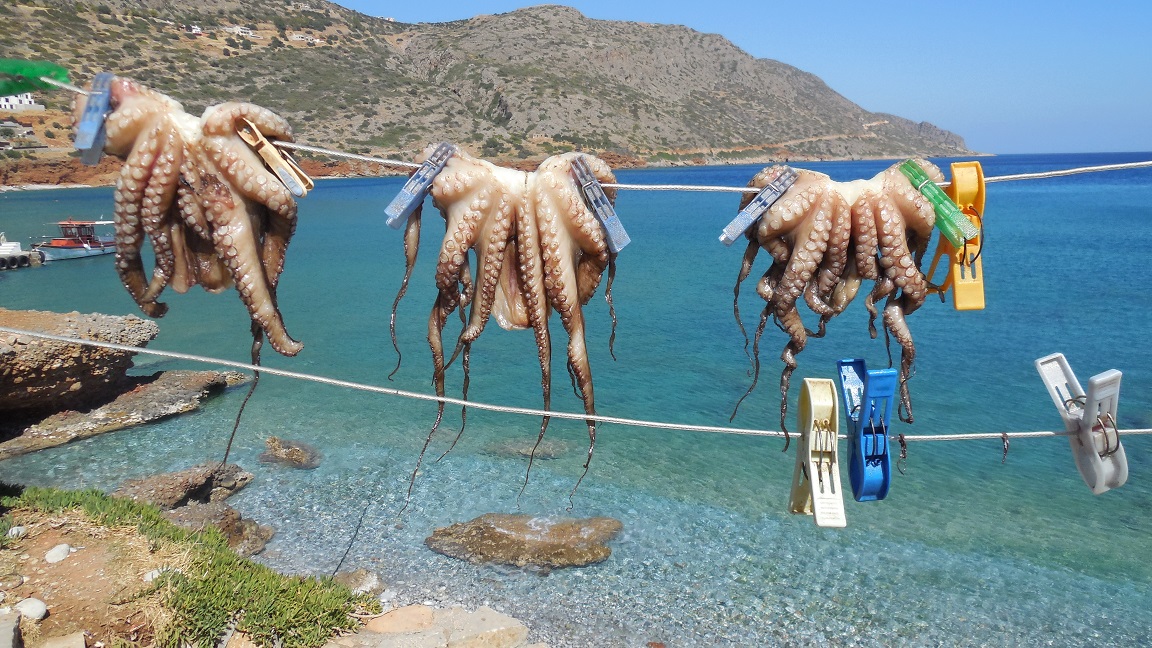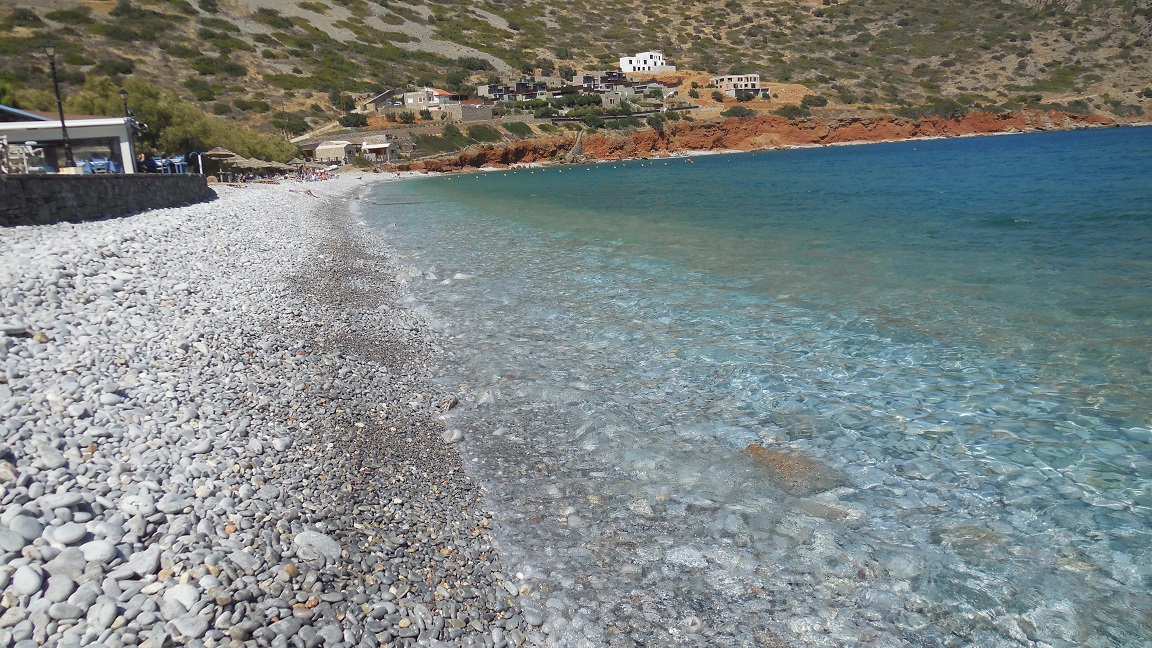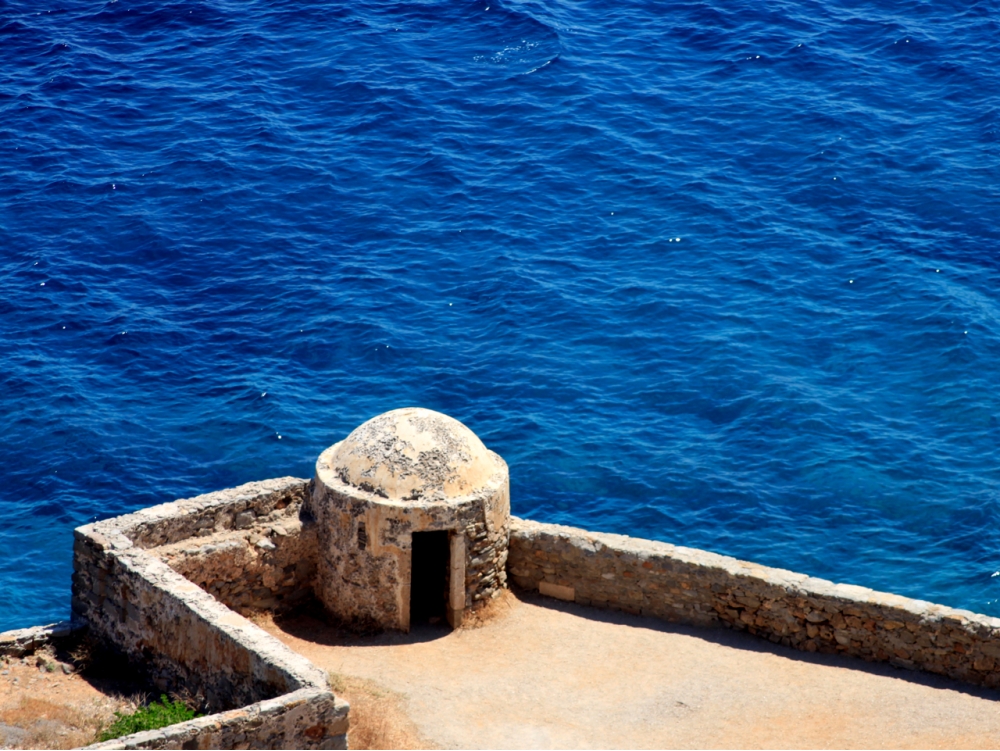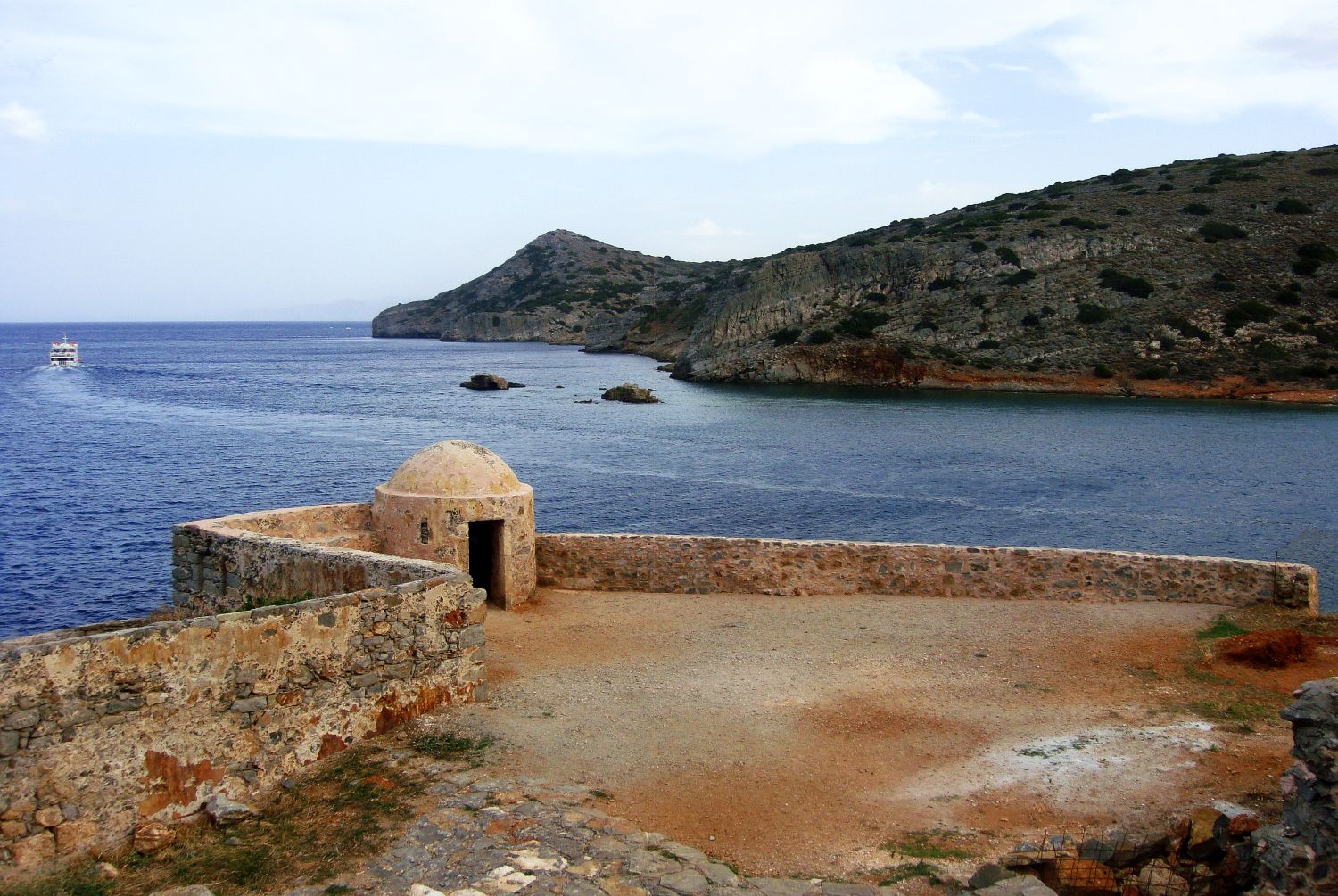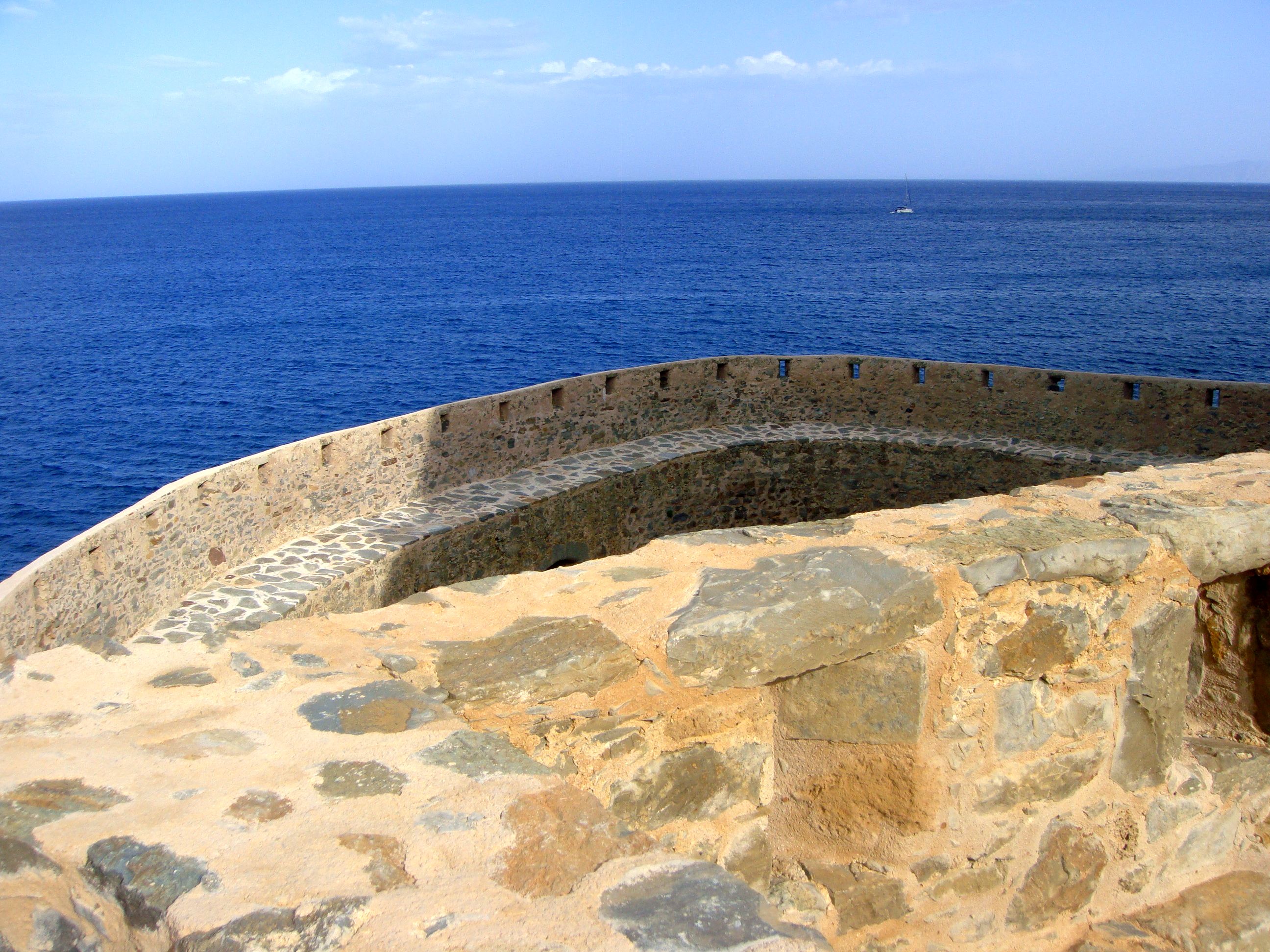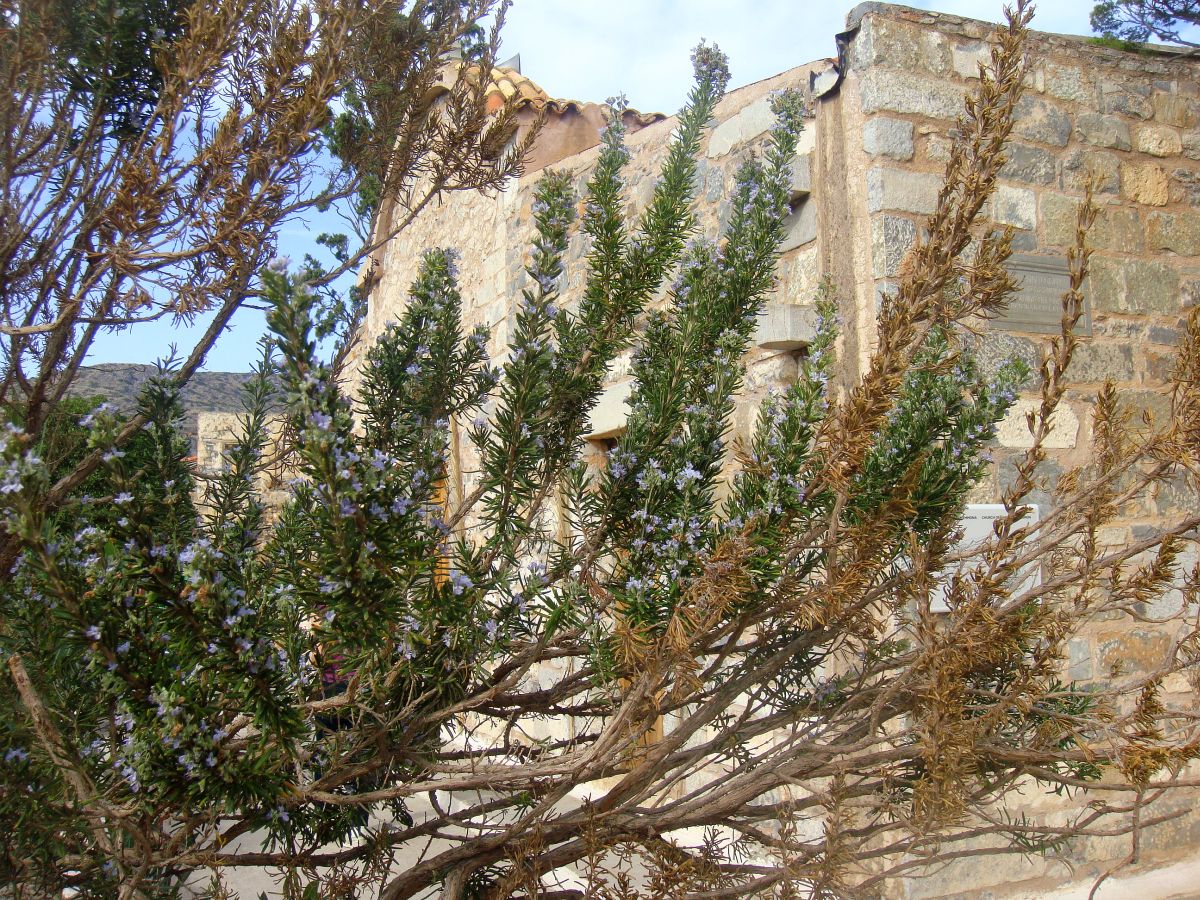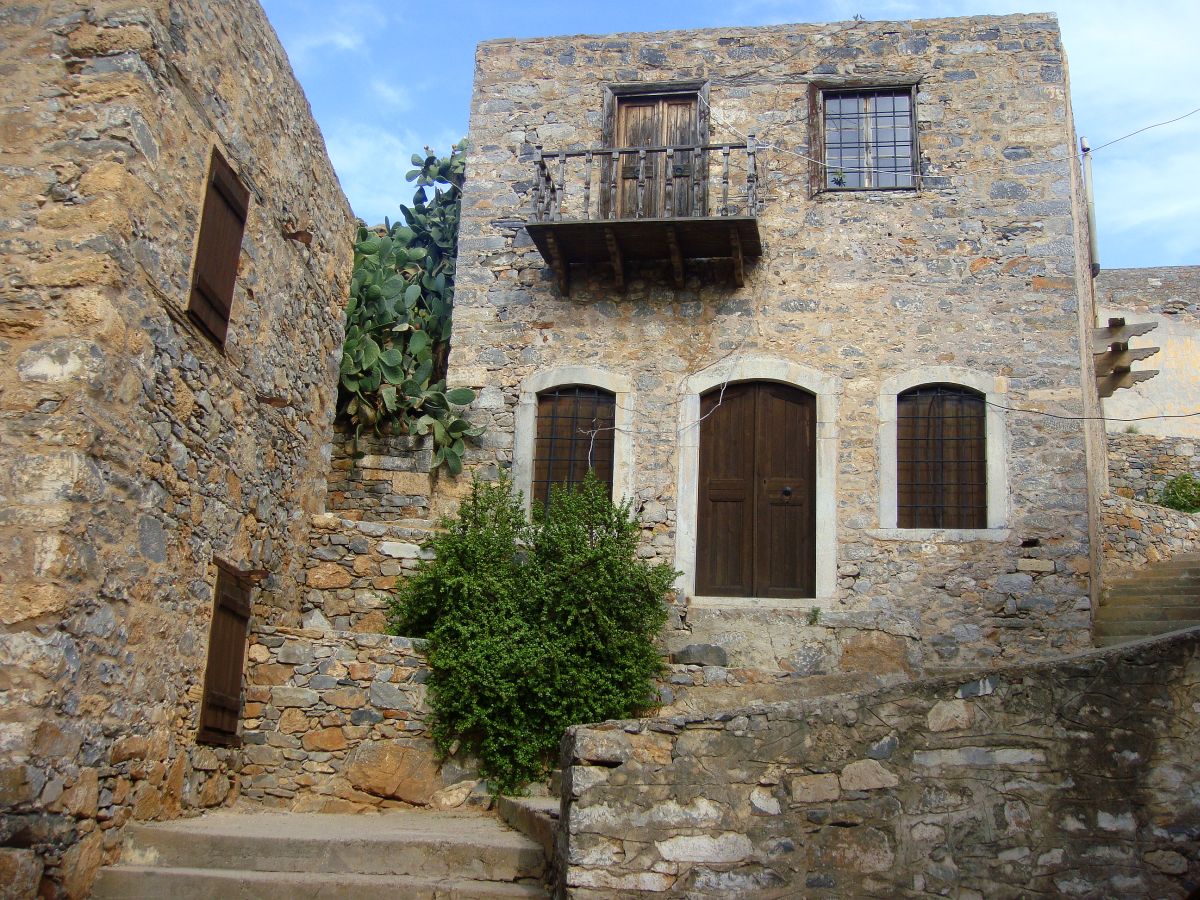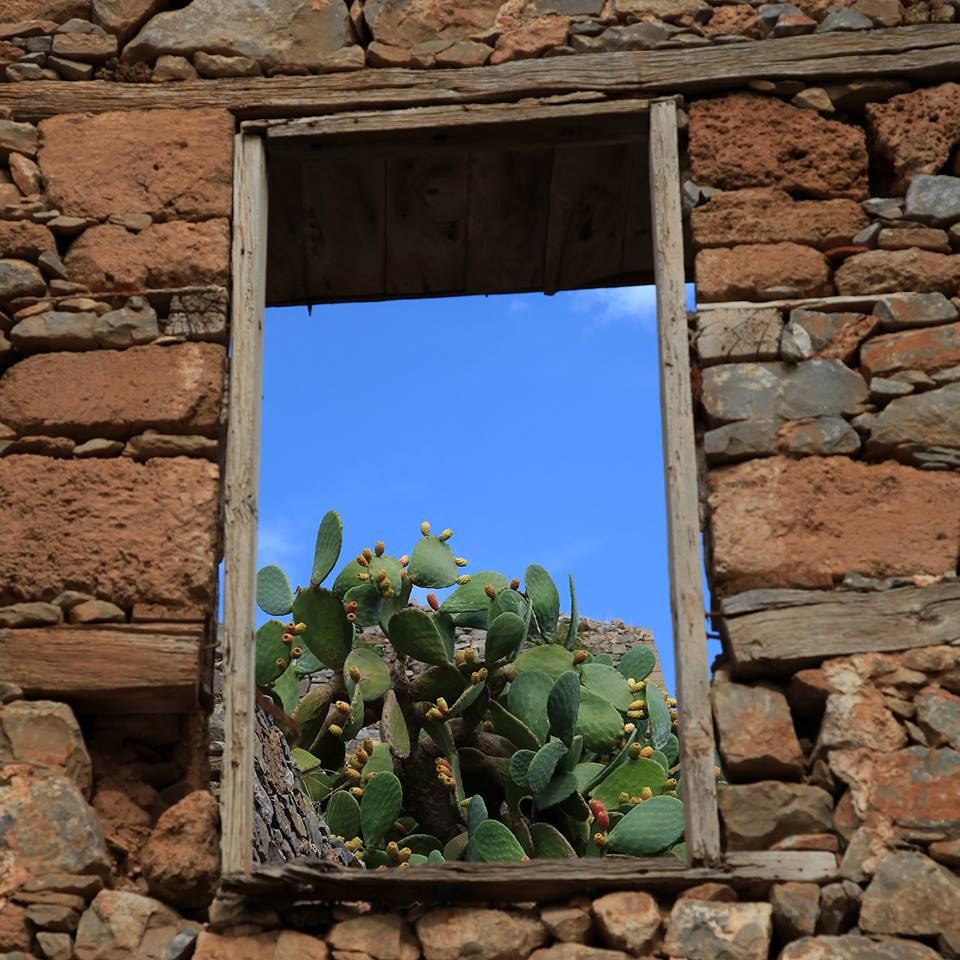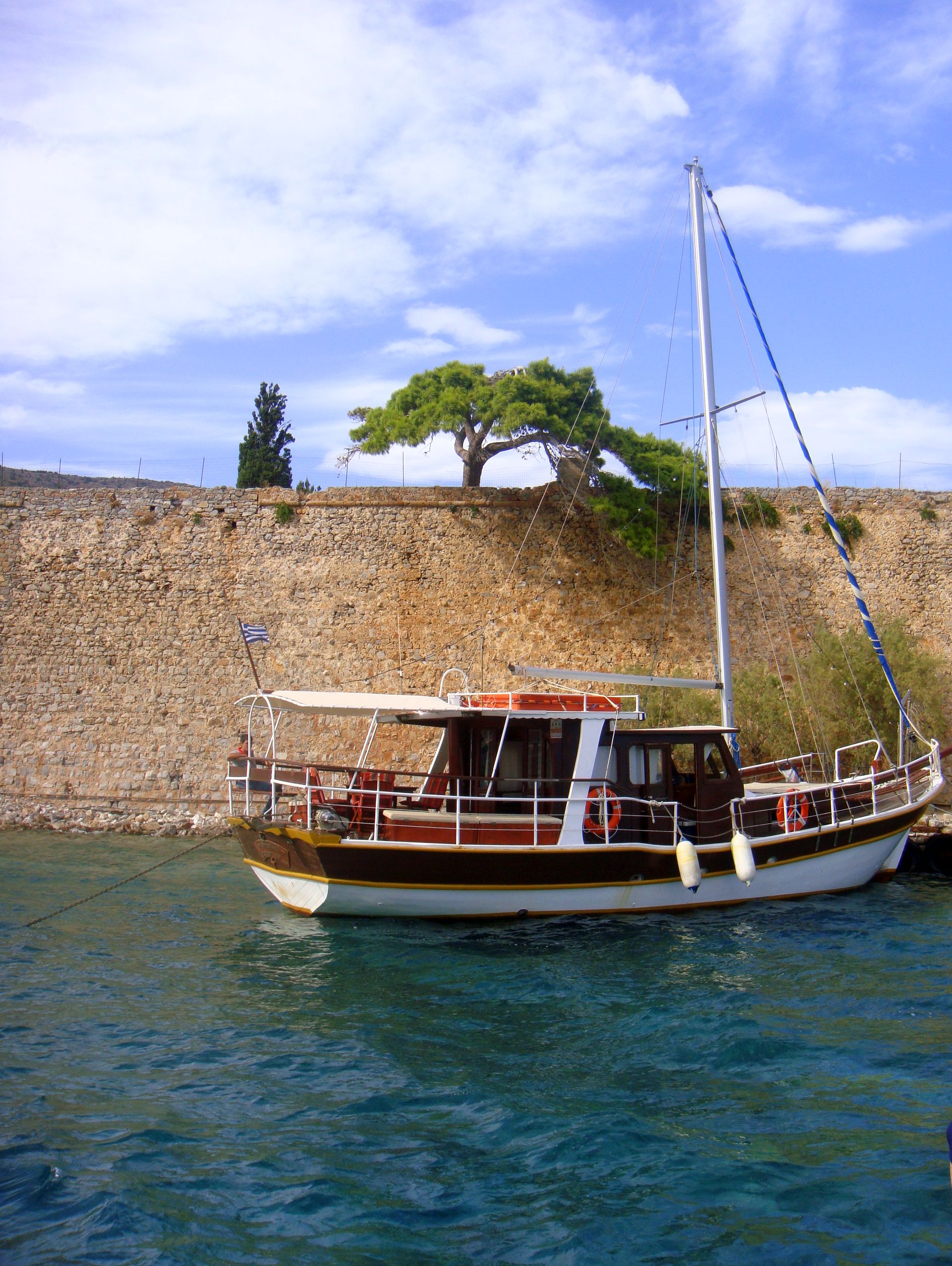Zeus s-a nascut in Creta. Cand s-a facut mare si a devenit Stapanul Universului, a avut grija ca cea mai mare dintre insulele Greciei sa fie daruita din plin cu roadele pamantului, cu plantatii de maslini cat vezi cu ochii, cu vii grele sub povara de ciorchinilor de struguri zemosi si livezi de fructe dulci ca nectarul, astfel incat locuitorii acestor meleaguri sa traiasca fericiti si sa-l slaveasca impartind in pace darurile sale cu oricine le va calca meleagurile.
Mangaiata de razele soarelui din aprilie pana in octombrie, marginita de plaje cu nisip fin scaldat in ape de turcoaz, cu sate traditionale presarate intre munti, peisaje magnifice si vestigii ale civilizatiilor antice, Creta isi scrie astfel istoria de aproape 5.000 de ani. Localnicii sunt foarte mandri de originea lor cretana, pe care au pastrat-o cu grija in timp, in pofida cuceritorilor romani, venetieni sau turci. Acest mix de traditie si istorie cu natura uimitoare si facilitati ale lumii moderne a facut din Creta o destinatie turistica aparte, mai ales ca, last but not least, Nikos Kazantzakis a scris „Zorba Grecul” pe aceasta insula.
Trecuse de jumatatea lunii octombrie cand am aterizat in Heraklion, dupa un zbor cu panorama superba deasupra Mediteranei, la finalul caruia, recunosc, am admirat dibacia pilotului grec de a ateriza scurt si concis pe un aeroport micut. Creta ma intampina cu soare, 28 de grade, cer albastru, cascade de bougainvillea si cu Maria, soferita de taxi vesela, maestra absoluta a aranjarii valizelor in portbagaj. In mai putin de o ora am ajuns in Agios Nikolaos, incepand astfel periplul pe coasta estica a insulei lui Zeus.
1. Agios Nikolaos inseamna “Sfantul Nicolae” si este un orasel prietenos inconjurat din trei parti de mare, situat in magnificul Mirabello Bay. M-a cucerit. E un mix de boem, relaxare, leisure si neastampar, cladit pe vestigii antice, presarat cu multe cafenele si taverne colorate, iar shopping-ul exceleaza in produse locale atat pentru gurmanzi cat si pentru cei dornici de artizanat traditional. Ag Nik are si cateva plaje frumoase, plus optiuni variate pentru cazare, fie ca sunt apartamente de inchiriat sau camere in hoteluri ori luxury resort villas. Oferta de excursii in imprejurimi, pe uscat sau pe mare este foarte tentanta, mai ales ca distantele sunt mici si privelistea, superba. Iar spectacolul rasaritului este o experienta coloristica aparte, vi-l recomand 🙂
2. Kritsa este un sat traditional cretan unde se gaseste cel mai bun ulei de masline din insula dar si din intreaga Grecie, recunoscut si premiat pe plan mondial, majoritatea localnicilor fiind producatori din tata in fiu. Femeile sunt maestre in arta crosetatului si a broderiei manuale, lucrarile lor imbracand la propriu casele unde locuiesc, spre uimirea si incantarea turistilor. Mi-au placut mult covoarele din lana tesute manual, in culori tari si armonioase.
3. La 1 km nord-est de satul Kritsa se afla Panagia Kera, o biserica din secolul XIII, ce adaposteste cele mai frumoase fresce bizantine pictate din Creta.
4. Plaka este un sat pitoresc si linistit de pescari, cu taverne micute si mancare delicioasa, ideal pentru o vacanta discreta
5. Insula Spinalonga se afla vizavi de Plaka si e fascinanta prin povestea sa si tristetea ce razbate din zidurile pietruite. Istoria ei dateaza din timpuri preistorice, ajungand in secolul VIII un port important la Mediterana ce a fost capturat de piratii arabi. A cunoscut apoi o lunga perioada infloritoare sub dominatia venetiana (1211-1669), timp in care a fost ridicata fortareata; cresterea economica a continuat si sub ocupatie otomana, ce a tinut pana in 1898. Apoi a intrat in declin, a fost parasita de turci si a devenit colonie de leprosi, adapostind si ascunzand suferinta timp de aproape 60 de ani. In 1970 a fost declarata arie protejata arheologic si de atunci primeste zilnic mii de turisti.
Zeus was born in Crete. When he grew up and became Master of the Universe, he took care of the biggest Greek islands to be given to the full fruits of the earth, the olive groves as the eye can see, vineyards heavy under the weight of the bunches of grapes juicy and orchards sweet fruit nectar, so people of these lands to live happily and in peace glorify and sharing his gifts with everyone treading lands.
Caressed by sunlight from April to October, bordered by sandy beaches bathed in turquoise waters, dotted with traditional villages in the mountains, magnificent scenery and remains of ancient civilizations, Crete writes its history of nearly 5,000 years. The locals are very proud of their Cretan origin, preserved with care in time, despite the conquering Romans, Venetians and Turks. This mix of tradition and history with amazing nature and features of the modern world has made Crete a unique tourist destination, especially because, last but not least, Nikos Kazantzakis wrote “Zorba the Greek” this island.
It was mid-October when I landed in Heraklion after a flight with superb view over the Mediterranean, at the end of which, I admired the prowess Greek pilot to land very short and concise on a small airport. Crete greet me with sunshine, 28 degrees, blue sky, cascades of bougainvillea and Maria, cheerful taxi driver, an absolute master of arranging suitcases in the trunk. In less than an hour we arrived in Agios Nikolaos, thus starting the journey on East coast of Zeus Island.
1. Agios Nikolaos means “Saint Nicholas” and is a friendly town surrounded on three sides by the sea, located in the magnificent Mirabello Bay. I was overwhelmed. It’s a mix of bohemian relaxation, leisure and restlessness, built on ancient remains, with many cafes and colorful taverns and great shopping local products in both gourmets and traditional handicrafts. Ag Nik has some beautiful beaches, plus various accommodation options, whether apartments for rent, rooms in hotels or villas luxury resorts The offer for excursions to surrounding areas, on land or sea is very tempting, especially as the distances are small and the view gorgeous. And the spectacle of sunrise is a colorful unique experience, I truly recommend it 🙂
2. Kritsa is a traditional Cretan Village providing the best olive oil from the island but from all over Greece , recognized and awarded worldwide, most locals being manufacturers from father to son. Women are masters in the art of knitting and embroidery, their work literally is covering their houses, to the astonishment and delight of tourists. I loved the wool rugs woven in strong and harmonious colors.
3. At 1 km northeast of the village Kritsa is Panagia Kera, a thirteenth-century church, which houses the most beautiful Byzantine frescoes painted in Crete.
4. Plaka is a picturesque and quiet fishing village with tiny taverns and delicious food, ideal for a discreet holiday escape
5. Spinalonga Island is across from Plaka and is fascinating by his story and sadness that permeates the cobblestone walls. Its history dates back to prehistoric times, reaching the eighth century as an important port on the Mediterranean that was captured by Arabs pirates. Had a long flourishing during Venetian domination (1211-1669), time when the fortress was built; continued to grow during Ottoman occupation, which lasted until 1898. Then went into decline, was abandoned by the Turks and became a leper colony, housing and hiding a lot of suffering for nearly 60 years. In 1970 it was declared a protected archaeological area and since then receives thousands of tourists daily.
Photo credits: cretetravel.com, Hans Huisman, Ivan Strahinic, personal photo archive Ruxandra Chiurtu
